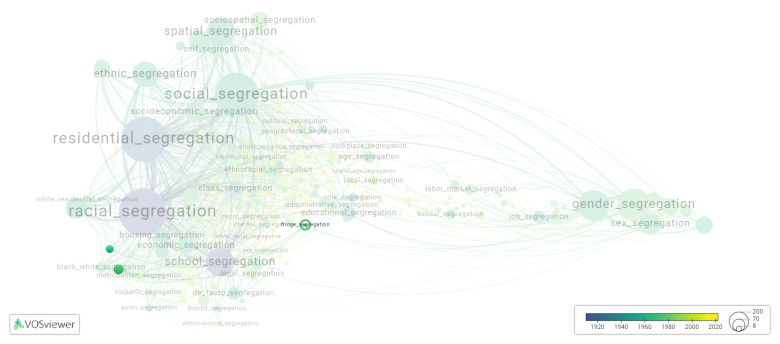Fringe segregation
Date and country of first publication[1]
1983
United States
Definition
Fringe segregation refers to the practice of excluding or separating individuals or groups based on characteristics that are considered unconventional, non-mainstream, or outside the norm. This can include discrimination based on factors such as beliefs, appearance, lifestyle choices, or social status.
Fringe segregation can manifest in various forms, including social exclusion, discrimination in employment or housing, hate crimes, and unequal access to resources and opportunities. This type of segregation often perpetuates stereotypes, reinforces social inequality, and hinders the integration and acceptance of diverse individuals and communities.
Efforts to combat fringe segregation typically involve promoting acceptance, inclusion, and diversity, challenging stereotypes and stigmas, and advocating for equal rights and opportunities for all individuals, regardless of their differences.
See also
Related segregation forms
Fringe segregation is frequently discussed in the literature with the following segregation forms:
black residential segregation, black segregation, job segregation

This visualization is based on the study The Multidisciplinary Landscape of Segregation Research.
For the complete network of interrelated segregation forms, please refer to:
References
Notes
- ↑ Date and country of first publication as informed by the Scopus database (December 2023).
Fringe segregation appears in the following literature
Stahura J.M. (1983). Determinants of Change in the Distribution of Blacks across Suburbs. Sociological Quarterly, 24(3), 421-433. https://doi.org/10.1111/j.1533-8525.1983.tb00711.x
Shanske D., Niemeier D. (2021). Subsidizing sprawl, segregation, and regressivity: A deep dive into sublocal tax districts. Iowa Law Review, 106(5), 2427-2450. University of Iowa.https://doi.org/
